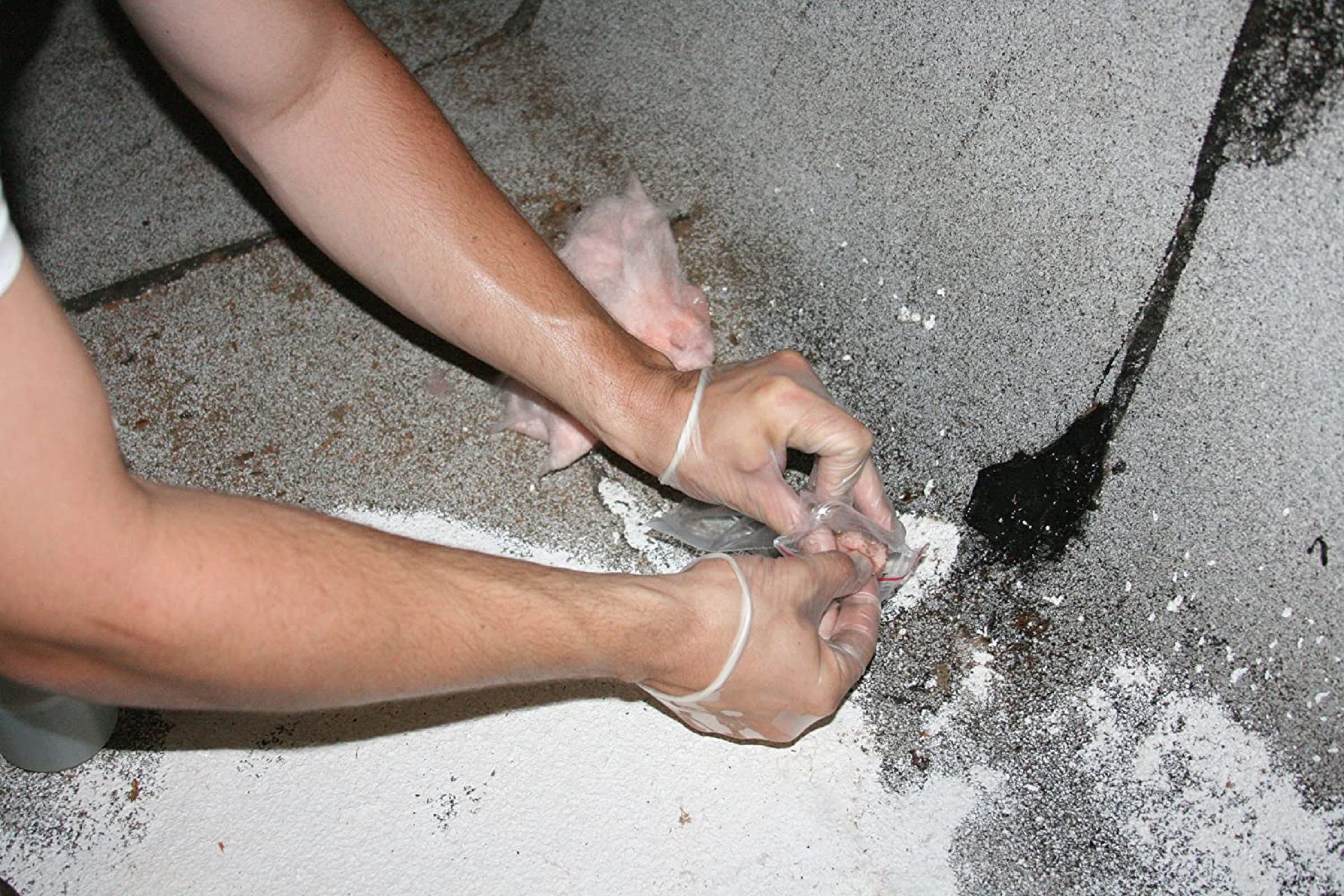Radon is a radioactive gas that is naturally occurring and is produced by the breakdown of uranium in soil and rocks. It is a colorless, odorless, and tasteless gas that is known to cause lung cancer. Radon is the second leading cause of lung cancer in the United States, after smoking, and is responsible for an estimated 21,000 deaths annually. Testing for radon in homes and other buildings is crucial to protecting the health and safety of occupants. In this article, we will explore the importance of radon testing in the USA and provide information on how to test for radon.
Radon in the USA
Radon is present in every state in the USA, with some states having higher levels than others. The Environmental Protection Agency (EPA) has identified high-risk areas in the country, which include parts of the Northeast, Midwest, and Rocky Mountain regions. Radon levels can vary greatly between homes, even those that are located next to each other.
Health Effects of Radon
Radon is a known carcinogen and is the second leading cause of lung cancer in the USA, after smoking. Exposure to radon gas increases the risk of developing lung cancer, especially in people who smoke. Radon gas is responsible for an estimated 21,000 deaths from lung cancer in the USA each year. The risk of developing lung cancer from radon exposure is higher for those who are exposed to high levels of radon for a long period of time.
How to Test for Radon
Radon testing is easy and affordable, and can be done by homeowners or professionals. The EPA recommends testing homes for radon every two years. There are two types of radon testing devices: short-term and long-term. Short-term devices are placed in the home for a period of two to 90 days, while long-term devices are placed for more than 90 days, up to one year.
Short-term testing devices include charcoal canisters, alpha track detectors, and liquid scintillation detectors. These devices are relatively inexpensive and can be purchased at hardware stores or online. Long-term testing devices include alpha track detectors and electret ion chamber detectors. These devices are more expensive than short-term devices but provide more accurate results over a longer period of time.
What to Do if Radon Levels are High
If radon levels in a home or building are found to be above the EPA action level of 4 picocuries per liter (pCi/L), action should be taken to reduce radon levels. The EPA recommends hiring a professional radon mitigation contractor to reduce radon levels in the home or building. Radon mitigation techniques include sub-slab depressurization, which involves creating a suction point beneath the foundation of the home to vent the radon gas out of the house, and ventilation systems that bring in fresh air and expel radon gas.
Conclusion
Radon is a dangerous gas that is present in every state in the USA. Exposure to radon can cause lung cancer, making it crucial to test for radon in homes and other buildings. Testing for radon is easy and affordable, and can be done by homeowners or professionals. If radon levels are found to be high, action should be taken to reduce radon levels in the home or building. By testing for radon and taking appropriate action, we can protect the health and safety of ourselves and our loved ones.


